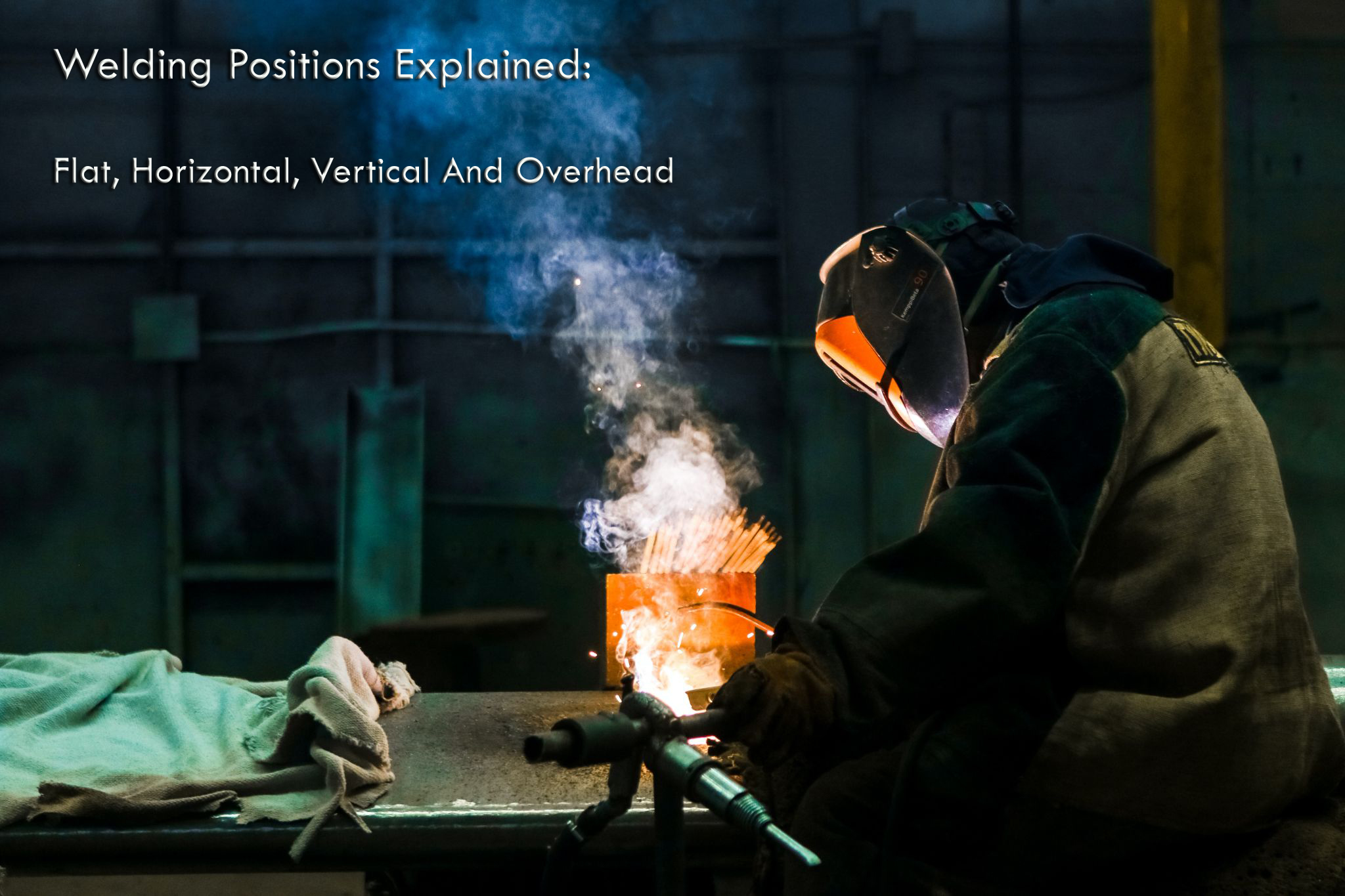
Welding Positions Explained
At MuggyWeld, we know a welding position is a technique. It allows a qualified welder to join metals in the position where they are found or used. The right welding position can improve weld quality. It’s important to refresh welding knowledge with a quick review of the different welding positions.
Before we continue, remember this: a welding position is simply the welder’s position in relation to the workpiece.
When It All Goes Downhill: The Vertical Position
In the vertical position, gravity pulls the weld pool downward. This is also called downhill or uphill welding. It provides less penetration into the base metal. In this position, the weld and the plate are vertical.
When welding thin metals vertically, use shallow penetration. For thicker metals, uphill welding gives better penetration. Always monitor heat input to prevent the molten pool from building up. A good weld in this position requires controlled heat, proper technique, and the right welding rod.
The Most Challenging Weld: The Overhead Position
As the most challenging to do, the overhead position involves two pieces of metal positioned above the welder, with the welder in question having to angle his or her body as well as the equipment to reach the joints. With the overhead position, liquid metal has a good amount of surface tension as well as the same amount of heat used in the flat welding position. At MuggyWeld, we recommend keeping the molten metal small at all times.
The First Weld We Learn About: Flat Welding Position
When starting with a new welding process, using a new material, or learning to weld, choose the flat position. The flat position, also called the ‘downhand’ position, offers the easiest, most comfortable, and steadiest option.
In flat welding, place the metals flat on a surface. Pass the electric arc over them in a horizontal direction. The arc moves steadily across the workpiece. The molten material flows downward into the joint’s edges and welds the top side together.
When Gravity Assists: Horizontal Welding Position
The horizontal welding position, also called an ‘out-of-position’ weld, is more challenging. In this position, the weld axis sits at a horizontal angle. The specific technique depends on the weld type. For a groove weld, the weld face stays in a vertical plane. For a fillet weld, the weld bead sits at a 90-degree angle where the vertical and horizontal metal pieces meet. In the horizontal position, good technique and proper angles control the molten pool against gravity.
Now You Know Them: Practice the Flat, Horizontal, Vertical, and Overhead Positions
Using the correct welding position is essential. Consistent practice improves skill in all four positions. When practicing, keep your back straight and stay clear of fumes and smoke. Always work in a properly ventilated space.
